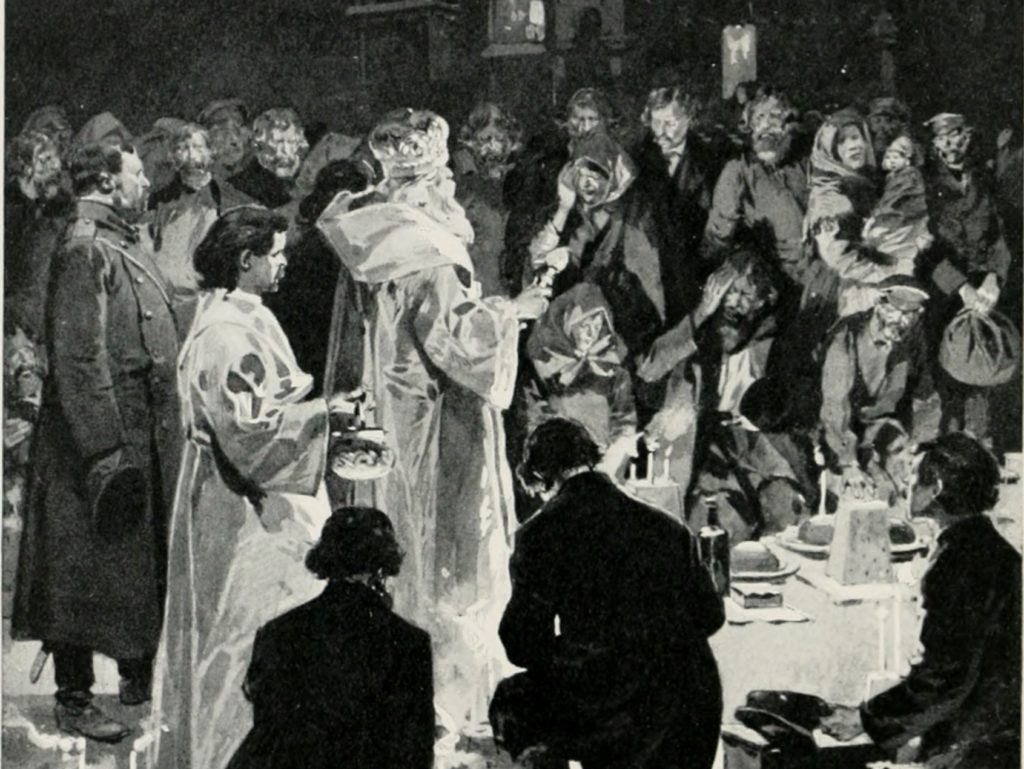Lent stretches from Ash Wednesday and ends on Holy Saturday, the day before Easter. When we exclude Sundays (the ancient Fathers forbade fasting on Sundays), that usually makes for a total of 40 days.
The number 40 is primarily symbolic — and it is richly symbolic. The earliest reference we have to a 40-day preparation for Easter is in the canons of the Council of Nicaea (A.D. 325).
One of the most compact expressions of its meaning, however, appears in the work of St. John Cassian in the fifth century. He describes Lent as “the tithes of the year,” because it is roughly a tenth of the days in a year. We give those days to the Lord as a special offering; and, in doing so, we imitate his own fast, as he intended us to do. Cassian also notes the Old Testament models of Israel in the wilderness, and of Moses and Elijah, all of whom underwent 40-day fasts.
If we are laypeople living in the world, we need not take on a monastic fast of bread and water. In the United States, we follow the Lenten custom of fasting by “giving something up,” preferably a favorite food or pastime to which we are unduly attached. We may also stop eating between meals, or skip dessert, or forgo second helpings. We return it all to God for 40 days, not because any of it is “bad,” but because it is indeed very good. Only good things could be offered in sacrifice to God; only the best of the harvest could be offered as a tithe. We give them to God so that we learn not to put anything in God’s place in our lives.
It goes without saying that we should also give up any habits that are sinful and immoral — but these are not normally the stuff of a Lenten fast. They’re actions to be renounced (at least in our intentions) even before we begin the disciplines of Lent.
Fasting, we prepare ourselves for the feast. In the words of St. Athanasius: “purified by the fast of forty days, by prayers, and fastings, and discipline, and good works, we shall be able to eat the holy Passover in Jerusalem.” Now that Christ is our Passover and he has ascended, we celebrate the feast, not in the earthly Jerusalem, but in a new holy city: the heavenly Jerusalem.
Meditate, during these weeks, on the good news as we find it in the Letter to the Hebrews: “But you have come to Mount Zion and to the city of the living God, the heavenly Jerusalem, and to innumerable angels in festal gathering, and to the assembly of the first-born who are enrolled in heaven, and to a judge who is God of all, and to the spirits of just men made perfect, and to Jesus, the mediator of a new covenant, and to the sprinkled blood that speaks more graciously than the blood of Abel” (Hebrews 12:22–24).
Such is our Passover. Such is our sacrifice. Such is the Supper of the Lamb — and the great feast for which we’re preparing right now.

